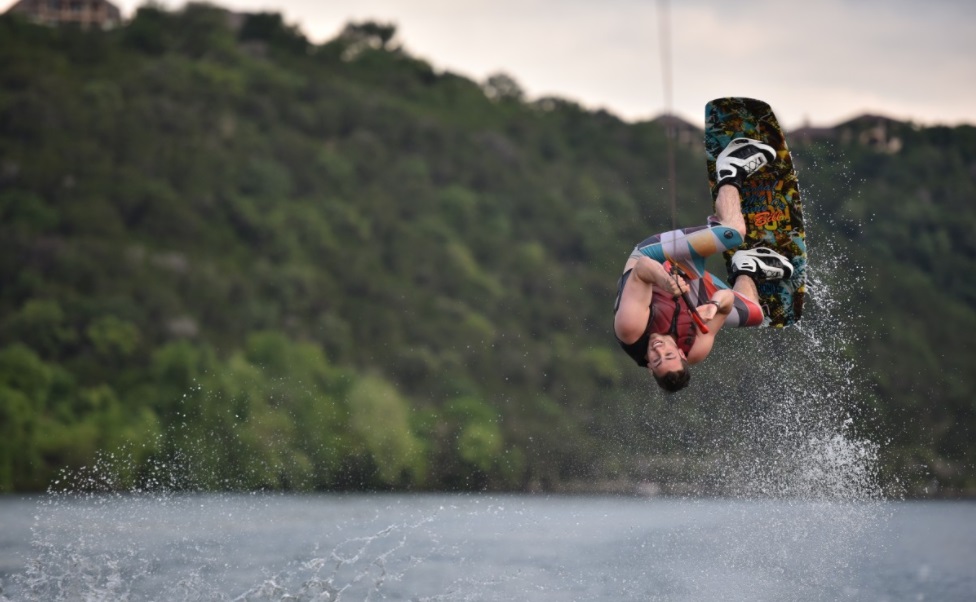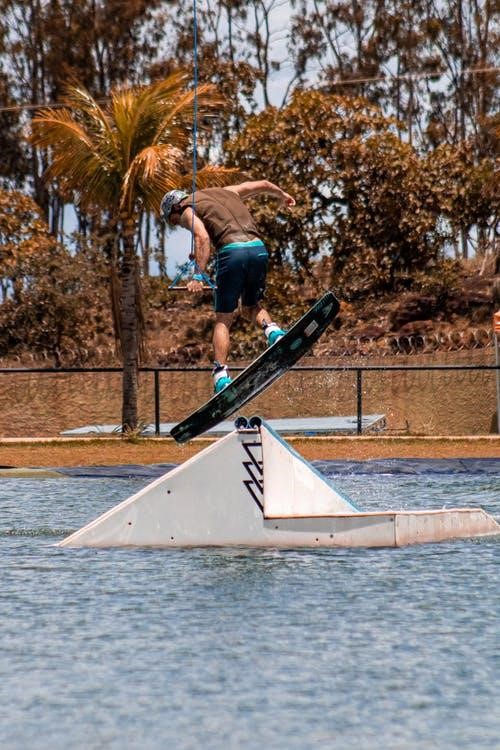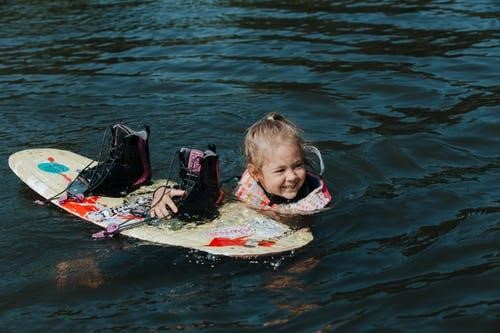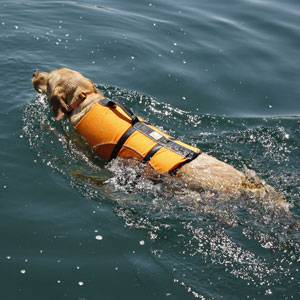Wakeboarding can be a fun summer activity for the whole family, especially more experienced swimmers. It attracts younger riders in particular since it’s relatively easier to stand get up on a wakeboard than on typical skis but not everyone has the confidence or knowledge to look like a pro right away so we have the tips and tricks you need to know how to get up on a wakeboard here.
If you’re learning how to wakeboard, know that you’ve come to the right place. Everyone has to start somewhere, after all, and if you’re struggling to stand up on your wakeboard, know that it is indeed possible.
Today, we’re going to show you our expert-approved tips and tricks to do just that. We’ll also give you our tried-and-true recommendations on the right equipment you ned to wakeboard, as well as the best wakeboards available. Let’s dive in.

Table of Contents
How to Get Up on a Wakeboard: The Basics
If you are looking to learn how to get up on a wakeboard, you’ll want to start with these fundamentals:
- Start off floating in the water on your back. Straighten your arms while holding the tow rope.
- Place your arms on both your knees and bend your knees while getting ready to start.
- Once you have strapped the wakeboard to your feet, you can put the board in front of you, making sure it points in the direction of the boat.
- Make sure that the board is kept on its side while in the water.
- Once you start moving, allow the wakeboard to plane on top of the water.
- Find out if you are left-footed or right-footed (more on that later).
- Let the boat driver know you are ready to proceed.
- As you begin to pick up speed, let the boat pull you into a standing position.
While these steps may seem quite simple, it might take some time to get used to — so don’t be discouraged if you falter or even fail outright in your first couple of tries. Keep practicing, and you’ll get the hang of it.
How to Get Up on a Wakeboard: Regular or Goofy?
Many people tend to ride a wakeboard with their front foot being their left one. To ride using your right foot is referred to as goofy foot.
If you’re unsure, you can simply stand with both your feet together and get someone to surprise you by pushing you from behind. The foot you put forward to catch yourself is your riding foot.
Doing Tricks on a Wakeboard
While you might have seen someone do amazing tricks on a wakeboard, these are things you gradually work up to. There are a plethora of tricks you can learn and do, with so many online resources to get in on the action. Just remember that if you are starting, you shouldn’t expect to automatically get on a wakeboard and begin doing tricks like a seasoned wakeboarder. Don’t be afraid to take your time.

What Do You Need To Go Wakeboarding?
Apart from having a specialized wakeboard boat, you will need the following:
- A life jacket
- Some wakeboard rope
- A wakeboard
- An optional wakeboard helmet
Types of Wakeboards
The most effective way to select a wakeboard for yourself is to consider your height and weight. It is important to note that there are no such things as women’s or men’s wakeboards. The only notable differences are in design, color, and the preference of the rider.
Design features such as channeling, spring rates, and rockers help riders get the most effective wakeboards suited to their riding style and skill level. The size of your wakeboard is just as important. You can be forgiven for having a larger wakeboard, as that shouldn’t hamper your ride too much. However, a wakeboard that is too small could make things especially difficult.

Consider your weight against the length of the wakeboard. Follow the weigh to wakeboard recommendation below when choosing a wakeboard:
- Between 25 to 70 pounds, you need a board between 111 to 118 centimeters
- Between 40 to 85 pounds, you need a board between 118 to 130 centimeters
- Between 65 to 110 pounds, you need a board between 124 to 134 centimeters
- Between 70 to 130 pounds, you need a board between 130 to 138 centimeters
- Between 100 to 170 pounds, you need a board between 134 to 142 centimeters
- Between 150 to 225 pounds, you need a board between 138 to 146 centimeters
- Between 170 to 250 pounds, you need a board between 142 to 146 centimeters
- Between 200 to 275 pounds, you need a board of 146 centimeters.
For younger riders, you will need to get a shorter wakeboard designed for kids. These come with less aggressive designs, with the curvature from the rear to the front being a lot more forgiving than adult-sized wakeboards.
You could also consider getting a beginner wakeboard for younger riders as they tend to come with channels that make it much easier for riders to maintain control and turn. The type of wakeboard a beginner chooses is important because it can affect their learning time. For this reason, you should take your time to find a model that matches your needs, especially if you are still learning the ropes.
Types of Boats that Tow Wakeboards
Since wakeboarding became the toast of the towboat industry, there are so many boats offering wakeboard tows. Boats, such as runabouts, pontoon boats, and deck boats, are used to tow wakeboards.
However, to get the best out of your wakeboarding experience, you will want to get a boat designed for this purpose – a wakeboard boat.
A wakeboard boat is the best choice for towing wakeboards because other boat types cannot plane at wakeboarding speeds. Additionally, their wakes are not very sufficient to launch the wakeboard into the air.
What is a Wakeboard Boat?
A wakeboard boat is designed to have a wakeboard tower, ballast systems, and a V-drive powertrain. This design is comparatively different from conventional ski boats that distribute the weight evenly around the boat, resulting in smaller wakes that slalom skis can cut through.
On the other hand, a wakeboard has a rear-facing engine design at the stern, a V-drive transmission, propeller, and output shaft. All of these ensure that the weight is more concentrated on the boat’s aft end, resulting in a much deeper imprint in the water surface. What you get is a larger wake that is perfectly suitable for just about any type of big air tricks and jumps.


